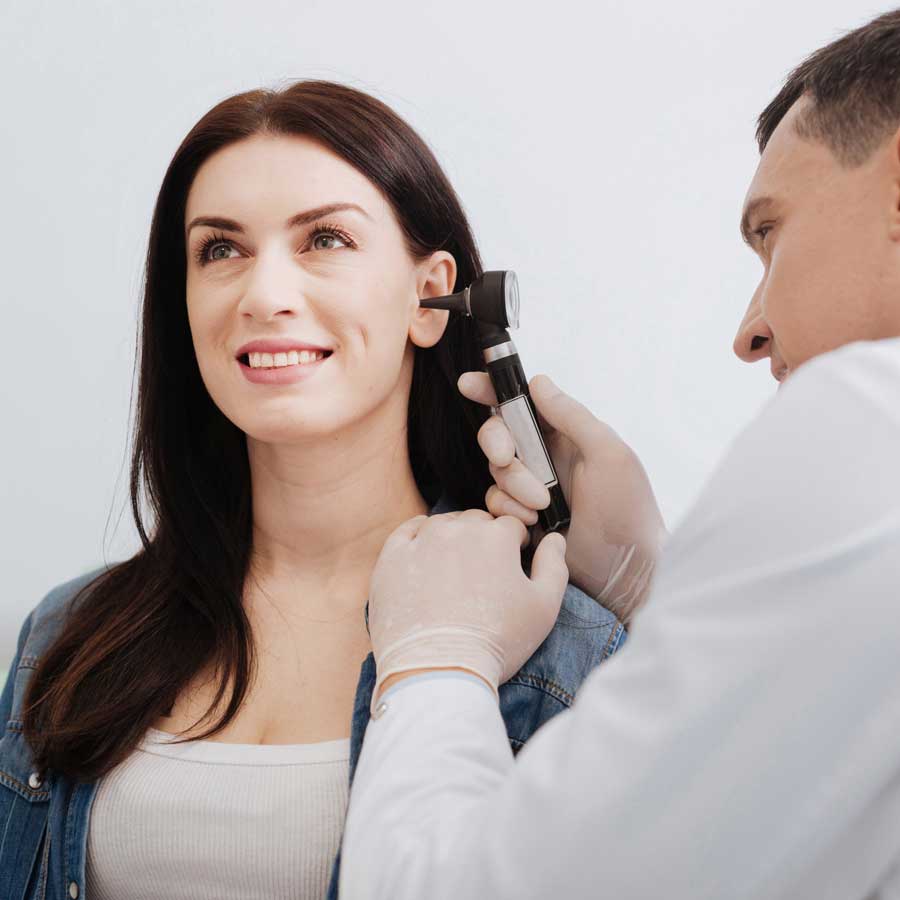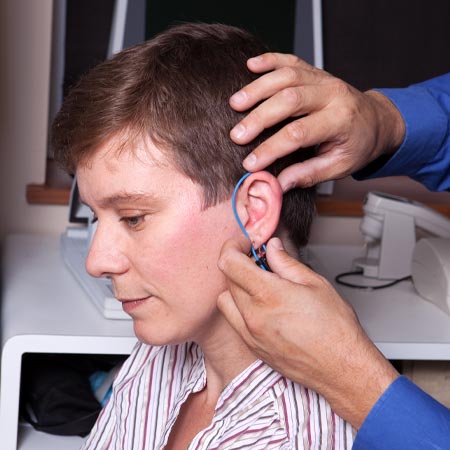What Happens at a Hearing Aid Fitting?
Before a hearing aid fitting is scheduled, we will do a thorough hearing test.
Based on the results of this test, your audiologist will be able to determine how loudly sounds need to be amplified so they are audible to you, as well as how to compress loud noises so they aren’t painful to your ears.
Here’s What to Expect at Your Hearing Aid Fitting
Hearing aid fittings can take between 45 minutes and two hours. In this time we have a lot to do including:
- Customize the fit of your hearing aid by adjusting the earpiece and tubing.
- Check the fit of any custom molds.
- Program your hearing aid to amplify the frequencies you’re struggling to hear.
- Test how well the hearing aid is working and whether it needs to be adjusted further.
- Go over how to take care of them and keep them working like new.
- Cover any advanced features your hearing aid may have such as streaming Bluetooth.
You’ll only wear your new hearing aids if they’re comfortable and work. So be honest with us, and let us know if they need further adjustments.
What Is Real Ear Measurement?
During the fitting, your audiologist will verify that your hearing aids will amplify sound properly by performing a Real Ear Measurement. This process involves inserting a device into the ear canal which is connected to an external microphone. The volume of sound near your eardrums is then measured without the hearing aids in your ears. This test ensures suitable amplification for your individual hearing loss.
The audiologist will then insert your hearing aids in your ears and turn them on. You’ll hear sounds at different volumes to verify the amplification is the correct level for your ears, and that loud sounds don’t cause discomfort.
Once the fitting is completed, your audiologist will show you how to properly maintain and care for your hearing aids. This includes how to insert and remove the hearing aids, as well as how to change the batteries.

